Factbox: Israeli regime’s despicable record of breaching ceasefire agreements
By Ivan Kesic
A historic ceasefire agreement took effect on Sunday morning, bringing to an end 15 months of relentless Zionist genocidal war against Palestinians in the besieged Gaza Strip.
However, serious doubts remain about the Tel Aviv regime’s commitment to upholding the truce, given its long-standing pattern of disregarding agreements that require it to halt attacks.
In a televised speech on Saturday, a day before the much-anticipated truce came into effect, Israeli Premier Benjamin Netanyahu said Netanyahu hinted that the agreement was only temporary.
He said US President-elect Donald Trump “emphasized" to him that the ceasefire was "temporary," and the apartheid regime would have the "full backing" of the incoming US administration to resume the war.
He further stated that Trump has decided to "lift all the remaining restrictions" on US munitions, allowing his regime to resume the war against Palestinians in Gaza with "tremendous force."
His remarks followed inflammatory comments by his ministers including Itamar Ben-Gvir and Bezalel Smotrich, both of whom are fiercely opposed to the ceasefire with the Gaza-based Hamas movement.
Smotrich on Sunday threatened to overthrow the Netanyahu regime if it did not occupy the Gaza Strip, calling the ceasefire agreement a “very serious mistake” and “surrender to Hamas.”
It came after Ben-Gvir announced his party's withdrawal from the ruling coalition in Tel Aviv, which left Netanyahu with only 62 parliamentary seats in the 120-seat Knesset.
Between Wednesday, when the ceasefire deal was announced and Sunday, when it came into effect, Israeli aggression on Gaza killed over 120 Palestinians, including 32 women and 30 children.
According to experts, given the past experience and mounting pressure on the embattled Israeli premier, the ceasefire agreement is less likely to hold, especially since it has been described as the emphatic victory for the Hamas resistance movement in Gaza after 470 days of genocide.
Hamas Armed Wing Spokesman Abu Obaida: Resistance proved to entire world that it made history, defeated Israel pic.twitter.com/0gvZz5gqO0
— Press TV Breaking (@PTVBreaking1) January 19, 2025
In December 2024, the Israeli regime brazenly violated its 1974 Agreement on Disengagement with Syria, seizing a 266-square-kilometer demilitarized buffer zone along with additional Syrian territories to the east of the occupied Golan Heights—areas designated after the October 1973 War.
For years, Tel Aviv covertly supported Syrian militants in that region, supplying them with weapons and medical assistance. But when Bashar al-Assad’s government in Damascus collapsed, the Tel Aviv regime abruptly labeled those very groups as dangerous terrorists and occupied more Syrian territory.
By taking control of ten crucial dams, their reservoirs, and the valleys of three strategically significant rivers, Tel Aviv appears to be advancing its longstanding Zionist strategy of plundering foreign water resources—simultaneously undermining the 1974 water agreements with Jordan.
In neighboring Lebanon, since November 27—when a ceasefire agreement with the Hezbollah resistance movement was brokered—the Israeli regime has already violated it more than 500 times, leaving over 30 dead and more than 40 wounded.
During a high-level meeting with UN Secretary-General António Guterres on Saturday, Lebanon’s newly elected President Joseph Aoun condemned the continued Israeli attacks on Lebanese border villages, declaring them to be in direct violation of the ceasefire terms.
Israeli aggression on Lebanon has also drawn sharp criticism from UN Under-Secretary-General for Peacekeeping Operations Jean-Pierre Lacroix, who described the situation as “fragile.”
He said the Israeli occupation forces must withdraw immediately from the Lebanese territory and acknowledged Lebanon’s full commitment to the ceasefire agreement.
“Israel will continue targeting the people, that’s why we need mediators to interfere”
— Press TV 🔻 (@PressTV) January 19, 2025
Press TV's @motee_im talks to Dr. Khalil Degran, the spokesperson for Al-Aqsa Hospital in Deir al-Balah, to provide more details regarding the situation in Gaza as the ceasefire takes effect. pic.twitter.com/w1aD2Sefwl
The agreement requires the Zionist occupation troops to withdraw from the bordering Lebanese territory within 60 days, or by January 27. However, despite international calls, this has not yet been fully implemented.
During the week-long humanitarian pause in late November 2023, the Israeli regime carried out at least three violations, according to the UN Office for the Coordination of Humanitarian Affairs in the Occupied Palestinian Territory (OCHA OPT).
On the penultimate day of the pause, they opened fire in the north of Gaza City, killing two people, and on the last day, renewed shooting and shelling by the Israeli navy was reported.
Even the so-called humanitarian initiative with a month-long floating pier in May and July last year was not without controversy as the American installation was used for an Israeli military operation and the massacre of hundreds in the Nuseirat refugee camp.
Even before the latest war, the Israeli regime had frequently violated peace agreements with Hamas in the Gaza Strip, including the previous war in mid-2021.
The two sides signed the agreement on May 20, 2021, and within a month, the regime violated the agreement twice, first on June 16 when the city of Khan Younis in southern Gaza was bombed, then again on June 18 when Beit Lahia was targeted.
Even earlier, in 2012 and 2014, the Tel Aviv regime repeatedly violated the peace agreements it signed with Hamas after the wars of those years.
Out of 191 documented Israeli violations, 10 percent resulted in death and 42 percent in injuries or detentions, while there were no Israeli casualties in subsequent Palestinian retaliatory strikes.
✍️ Feature - Timeline: Key events that shaped 470 days of Israeli genocidal war on Gaza
— Press TV 🔻 (@PressTV) January 19, 2025
By @mypenmyworld https://t.co/wNTq8vFihB
The deadly 2008 war was also the result of Israeli violation of a ceasefire agreed on June 19, after which Hamas did not fire a single rocket or grenade for five months, and it restrained other resistance groups from doing the same.
On the other hand, the Israeli regime did not ease the siege of the Gaza Strip, as it had committed to under the agreement, and then on November 4th, it brazenly broke the ceasefire by carrying out an invasive operation in which six Palestinians were killed.
The Israeli military concluded Hamas likely wanted to continue the ceasefire despite the raid, in other words, their belief was that they could break the truce by expecting the other side to stick to it.
The hypocritical assumption proved wrong as resistance movements immediately fought back, to which Tel Aviv responded with a brutal war, killing 1,400 Palestinians, including around 700-900 civilians and 288 children.
A UN fact-finding mission, known as the Goldstone Report, concluded that the Israeli wartime goal was to "punish, humiliate and terrorize a civilian population in Gaza."
Eventually, an agreement was reached and the war ended, but the regime continued to violate it through attacks, killing or wounding dozens of Palestinians until the next larger aggression in late 2012.
Hamas made peace offers in 1988, 1997 and 2004 for a multi-year ceasefire, on the condition that Tel Aviv recognize Palestine and accept the return of refugees, offered by Mahmoud al-Zahar, Sheikh Ahmad Yassin and Abdel Aziz al-Rantissi, respectively.
Shaykh Yassin proposed to his Israeli counterparts the idea of a ceasefire of 30 years, and al-Rantissi proposed a 10-year truce in return for Israeli withdrawal and the establishment of a state.
The Israeli regime ruled out the possibility of recognition and return, continuing its aggressive policy and plunder, killing the latter two Hamas resistance leaders in separate attacks in 2004.
This time again the hopes are very slim that the ceasefire will hold, not because of Hamas, but because of the illegitimate Zionist entity’s unquenchable thirst for blood.
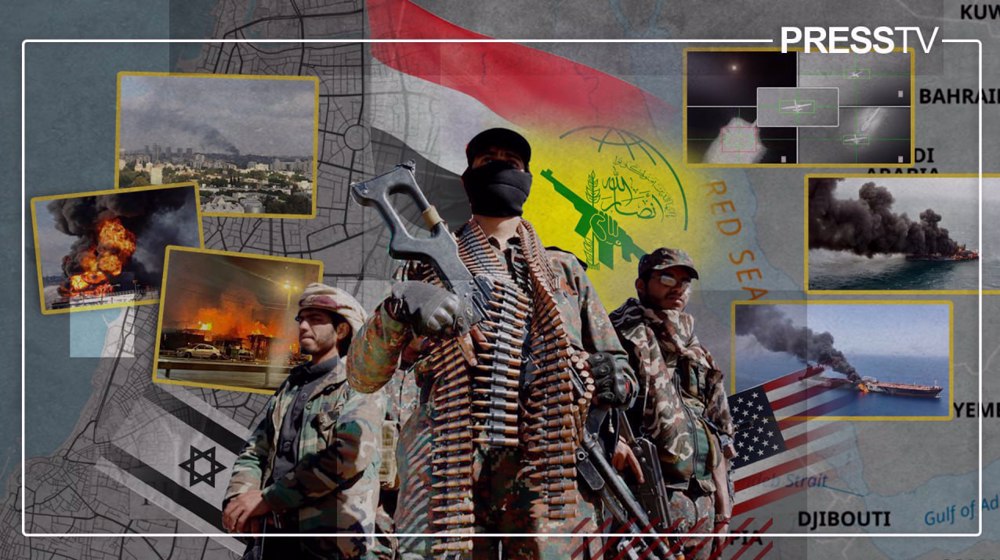
Eye for an eye: Yemen upends US-UK-Israeli war plots, stands unshaken with Gaza
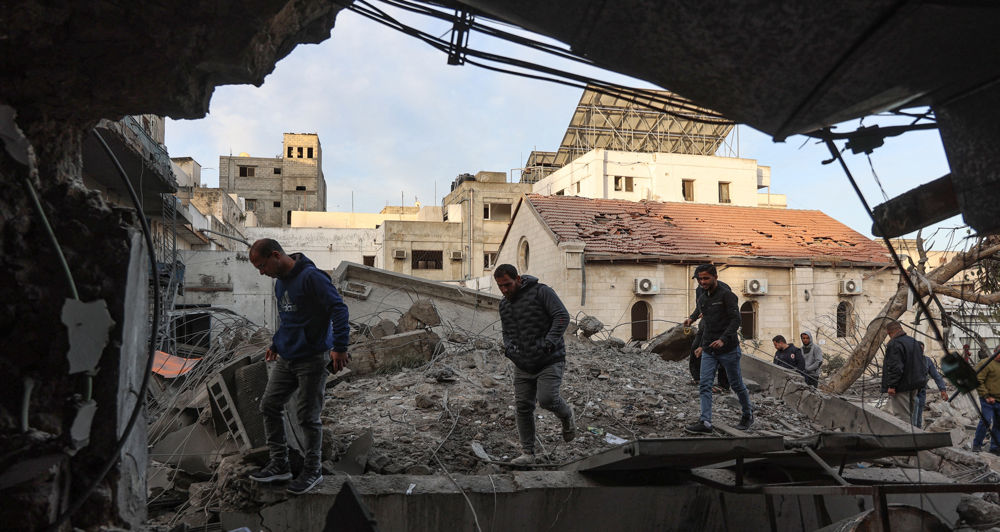
Al-Ahli Hospital bombing: Israel strikes last functioning north Gaza health facility
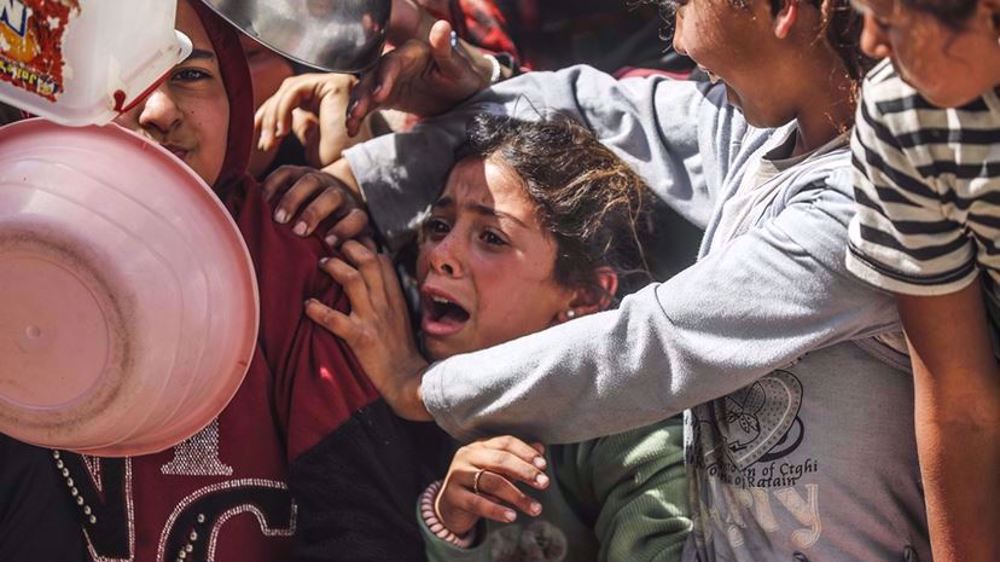
UN warns malnutrition affecting over 60,000 children under five in Gaza
VIDEO | Pro-Palestine demonstration held in front of Italy's parliament
Pro-Palestine protest in Paris
Regional nations hail Iran-US talks as positive step, means to resolve disputes
Trump's proposed travel ban should bar US from hosting 2026 FIFA World Cup
UN warns malnutrition affecting over 60,000 children under five in Gaza
Eye for an eye: Yemen upends US-UK-Israeli plots, stands unshaken with Gaza
US airstrikes target key educational, training center in Yemen
Al-Ahli Hospital bombing: Israel strikes last functioning north Gaza health facility






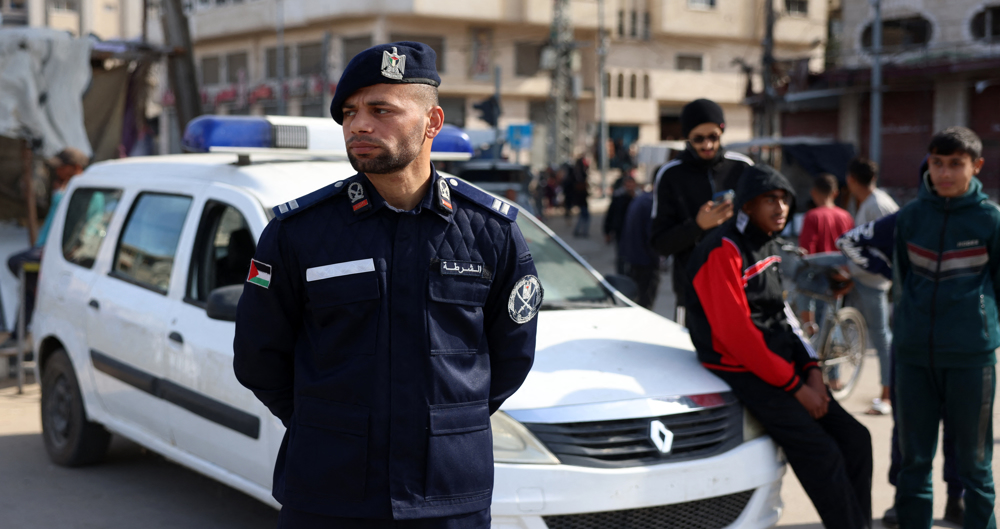
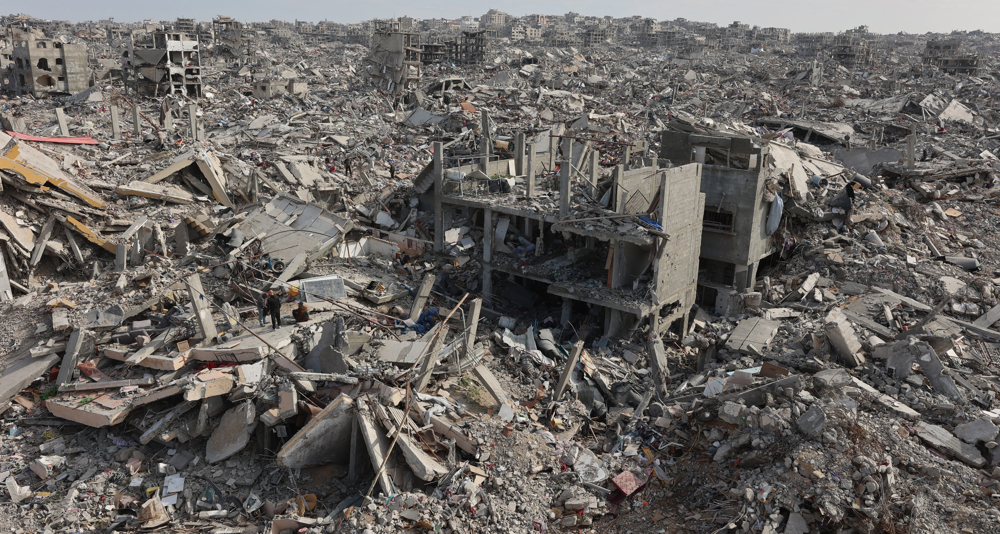
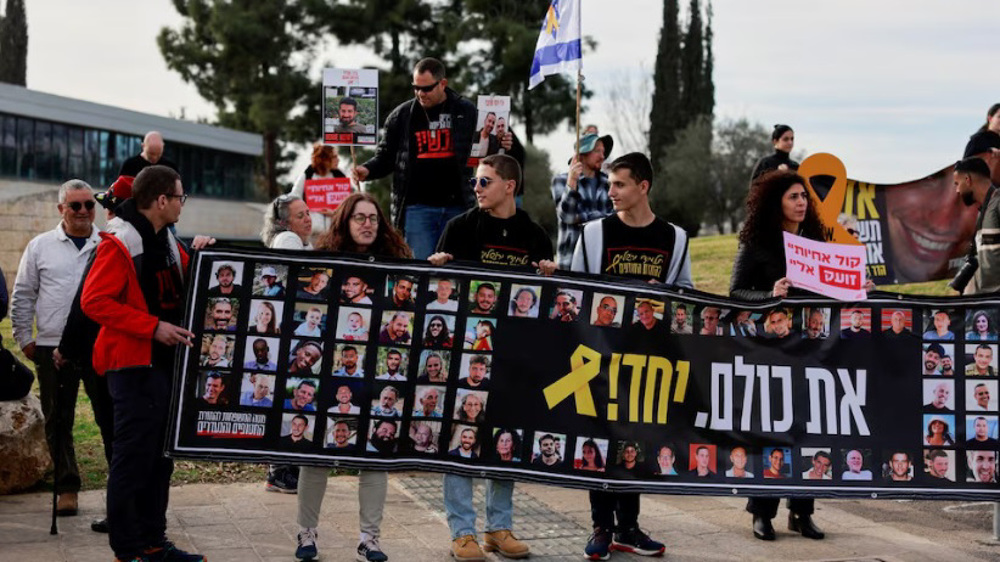
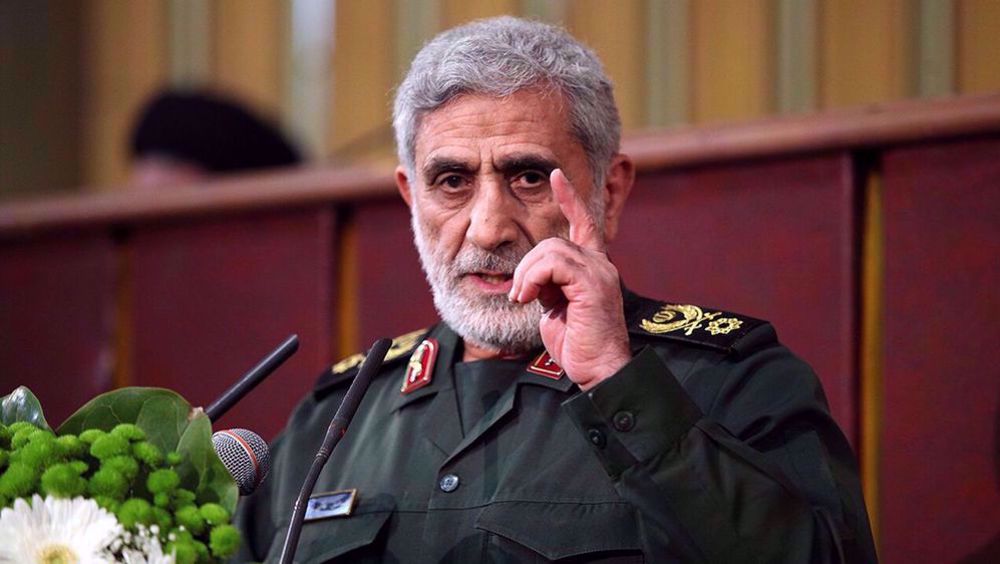
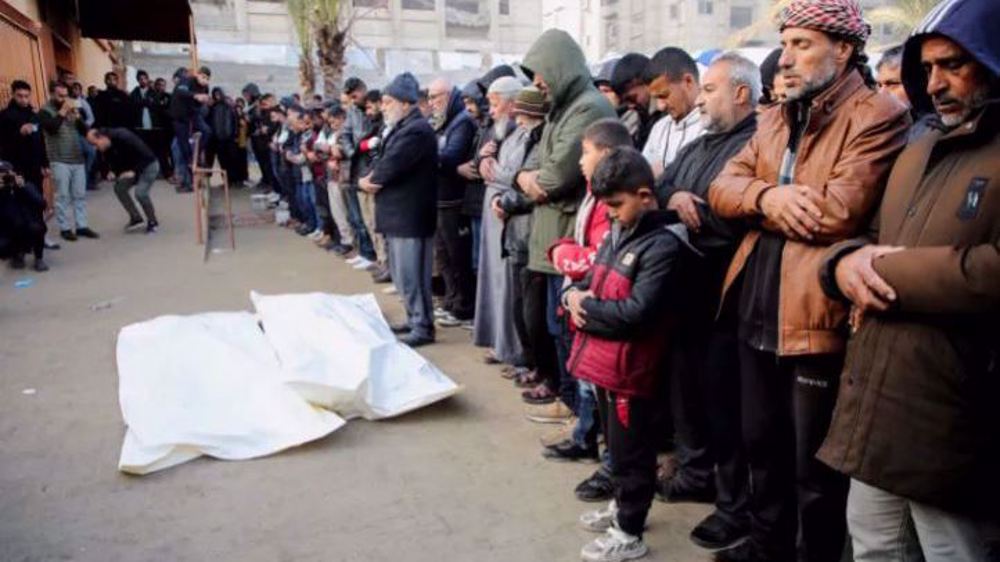

 This makes it easy to access the Press TV website
This makes it easy to access the Press TV website